Experts define grooming as: “A process by which a person prepares a child, significant adults and the environment for the abuse of this child. Specific goals include gaining access to the child, gaining the child’s compliance and maintaining the child’s secrecy to avoid disclosure. This process serves to strengthen the offender’s abusive pattern, as it may be used as a means of justifying or denying their actions.” (Researcher Dr. Samantha Craven and colleagues)
That definition is a lot! Let’s break it down!
Grooming adults:
A person with an intent to harm a child builds trust with key adults to gain access to a child, then the person crosses boundaries gradually so that no one will notice in order to sexually abuse the child.
Grooming the environment
A person with an intent to sexually harm a child builds trust with organizations where children spend time to gain access to a child or multiple children and then crosses boundaries gradually to avoid detection.
Grooming the Child
A person with an intent to sexually harm a child builds trust with the child, may isolate the child from caring adults, their siblings, or their peers, then gradually crosses boundaries and may request secrecy from the child.
Crossing Boundaries
Crossing boundaries can be: not respecting a child’s privacy, not respecting when a child does not want affectionate touch, tickling and rough housing that escalates to inappropriate touching, “accidental” touching of genitals that escalates, exposing children to adult content jokes, movies, or stories, and, in general, actions toward children that make other adults uncomfortable.
Justifying or denying
When confronted about crossing boundaries, well-meaning adults who have accidentally crossed a boundary will try to have better behavior, but a person with an intent to harm a child will make excuses, blame others (perhaps even blame the child), deny their actions, and continue to cross boundaries
What can parents, caregivers and other concerned adults do?
Get comfortable talking with other adults about healthy boundaries toward children:
Asking for permission before touching children (like asking for a hug and respecting when a child is not in the mood)
Giving children the anatomically correct names for their body parts (penis, vulva, vagina) to increase open communication
Giving children age-appropriate privacy about their bodies
Avoiding asking children to keep secrets and letting children know that touching is never a secret
Answering children’s questions about sexuality in age-appropriate and health-based ways
When children’s sexual behavior is observed, providing guidance about healthy boundaries in non-shaming ways
Upholding household or organizational standards and treating all children in a group equally
Being transparent in interactions with children (for example not having one-to-one time if possible)
If someone does not have healthy boundaries around children, ask for change and observe if they change. If someone continues to have unhealthy boundaries with children, limit their access to children.

